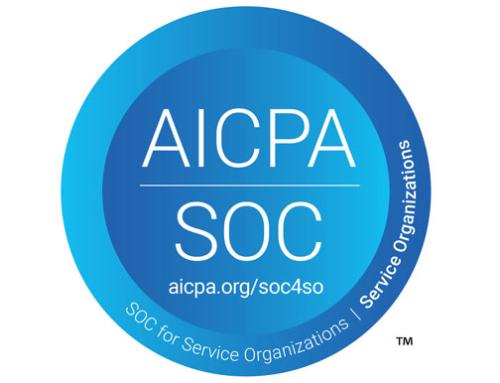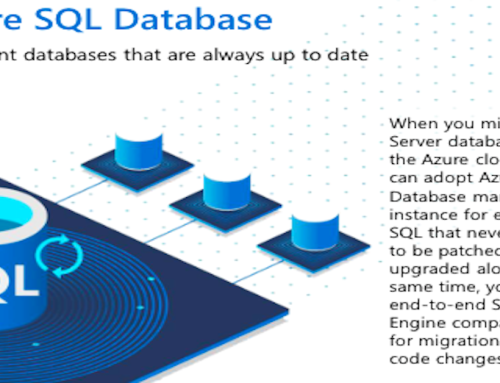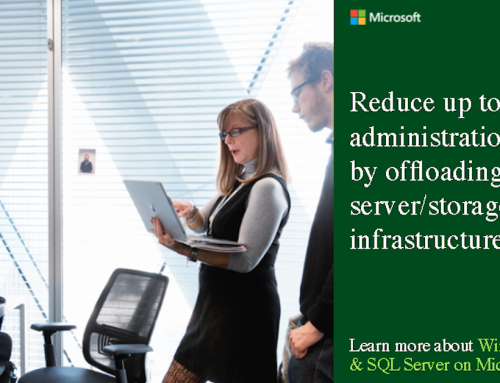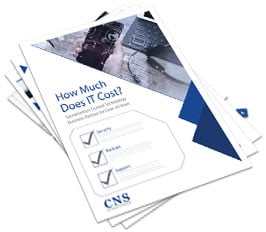Are you feeling constrained running your business from your desktop or laptop?
Chances are if you have more than a couple of users, the time has come to invest in your server. It might feel like a big step for a small to medium-sized business to take. Still, the functionality, time savings, improved security, and peace of mind are worth considering.
Let’s take a look and understand what a server is and how it could help drive the growth of your business.
What is a server?
A server is a computer that acts as a centralized store for all the data and applications your business uses every day. Think email, messaging apps, shared printers, databases, calendars, an intranet, and any dedicated software programs. Not only is a server more powerful than a desktop or laptop, but it is engineered to run 24/7 and allows multiple user access. Contrast this with a desktop PC or laptop, which only serves one user and has limited connectivity with other machines.
How can a dedicated server help your business?
So, why do you need a dedicated server, and how can it help your business perform more efficiently?
The most obvious benefit of a server is that it makes it easy to access your data. Everyone connected to your network can share and collaborate seamlessly. You can also easily roll out security or software updates to all your users via your server. With multiple processors, a server will also power through resource-intensive tasks and crunch data quickly – jobs that will cause a PC to struggle. And with mirrored hard drives, your data is secure if one fails or if a desktop/laptop hard drive dies.
Do you need an in-house server?
If your business has two or more computers, chances are you will work more efficiently with a dedicated server. The increased data capacity, seamless resource sharing, improved performance, and security of your server will transform the way you work.
The next step is to decide what type of dedicated server suits your needs.
Your business server options
You have various options when it comes to selecting a suitable server:
- Buy or build your own: If you are practical and a little IT savvy, you can buy or create your on-premises server. Here you need to consider some practicalities such as performance specs and whether it can expand. You want a unit that’s scalable and can grow with you as you add applications and staff members to your team. Entry-level servers are about the price of a desktop PC, but with more resources for data management. Costs escalate as you add more features such as storage and processor speed.
The con of this DIY approach is that you need to have the time and know-how to dedicate to setting it up and maintaining it. You also need to factor in the purchase of the hardware and the running costs into your budget.
- Managed service: Your other option is to outsource this function to a managed service. If you have the budget, you can either rent an on-premises unit or use a cloud-based service. Both take the day-to-day hassle of maintaining the hardware component off your hands. You can also quickly increase your capacity by buying more space on a cloud server or upgrading your service without purchasing new hardware.
The downside of this option is that you need to be able to trust any provider with your information. If you are using a cloud service, your data is also not on-premises, and access could be problematic if there is an outage.





